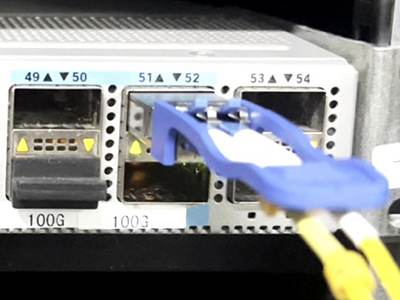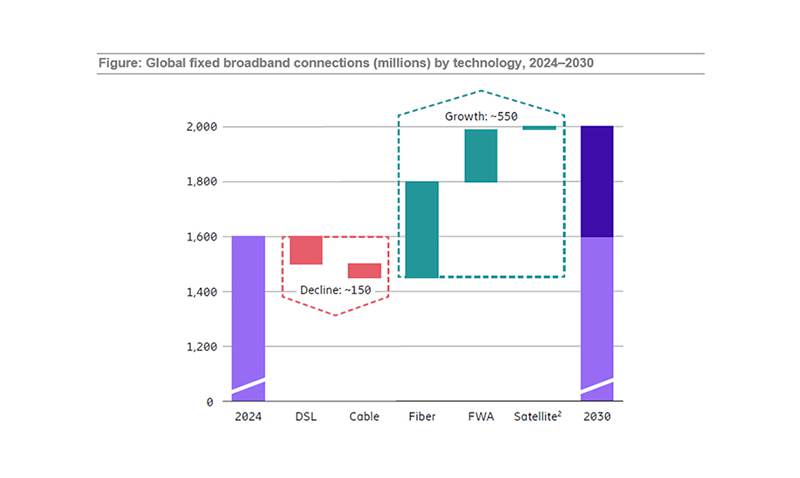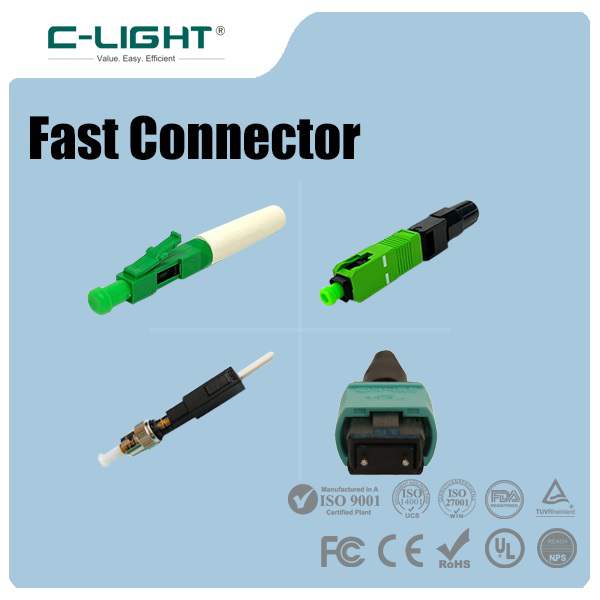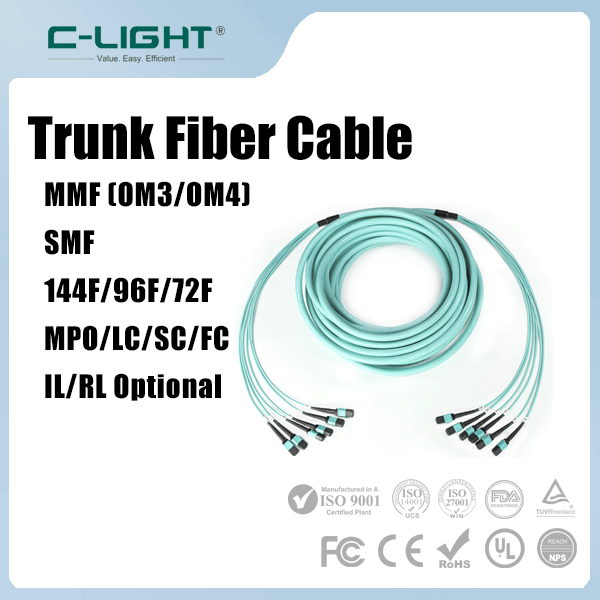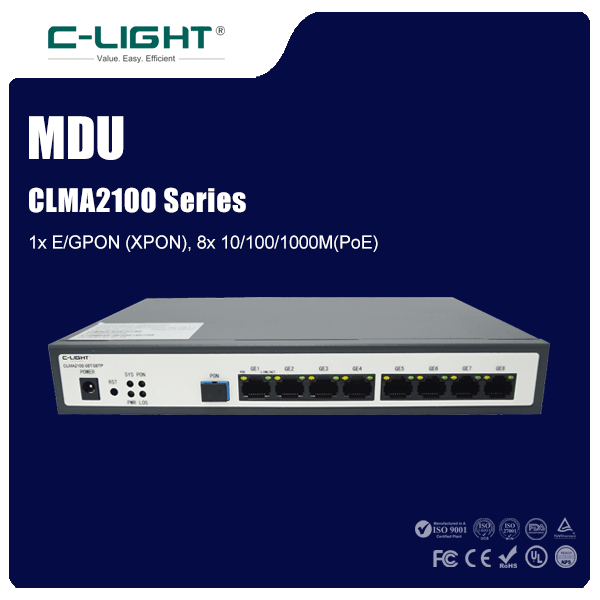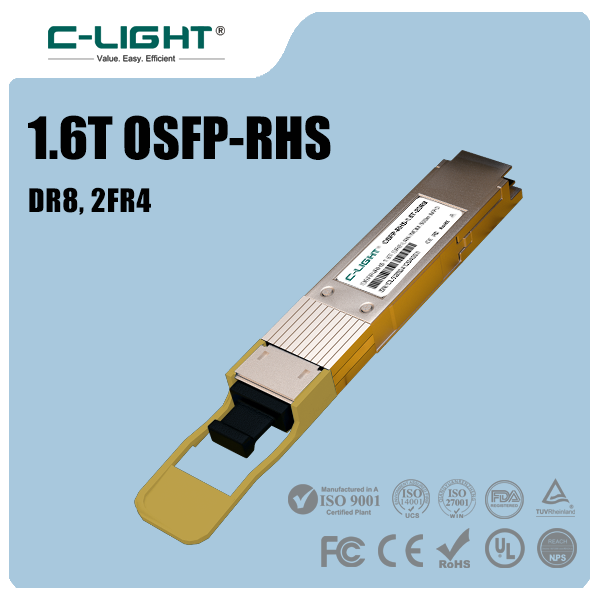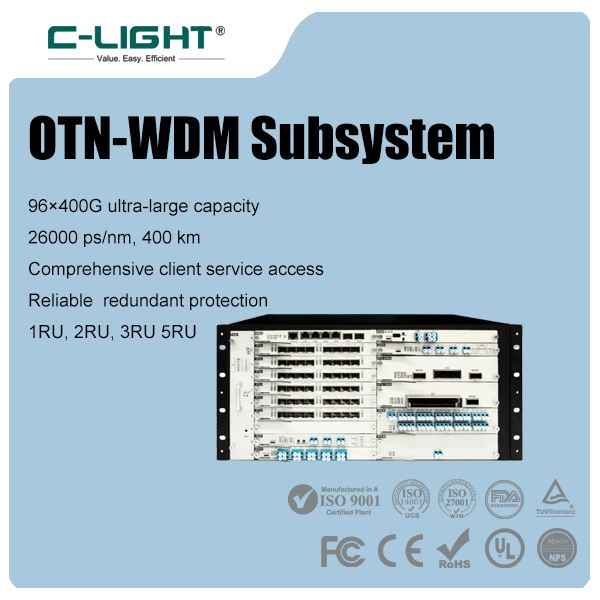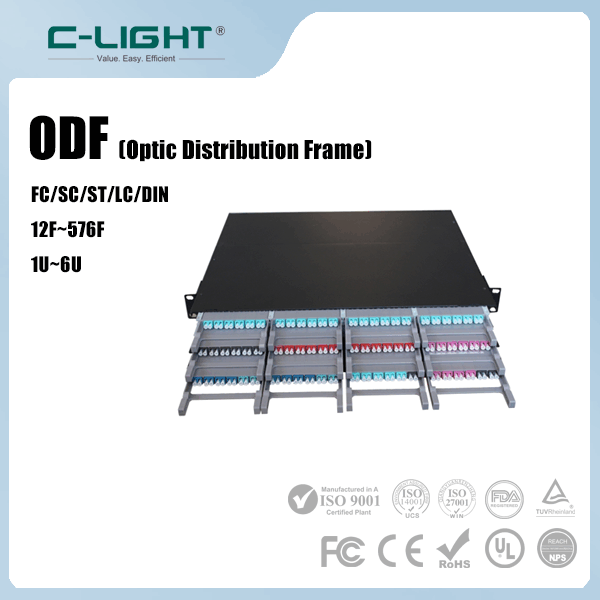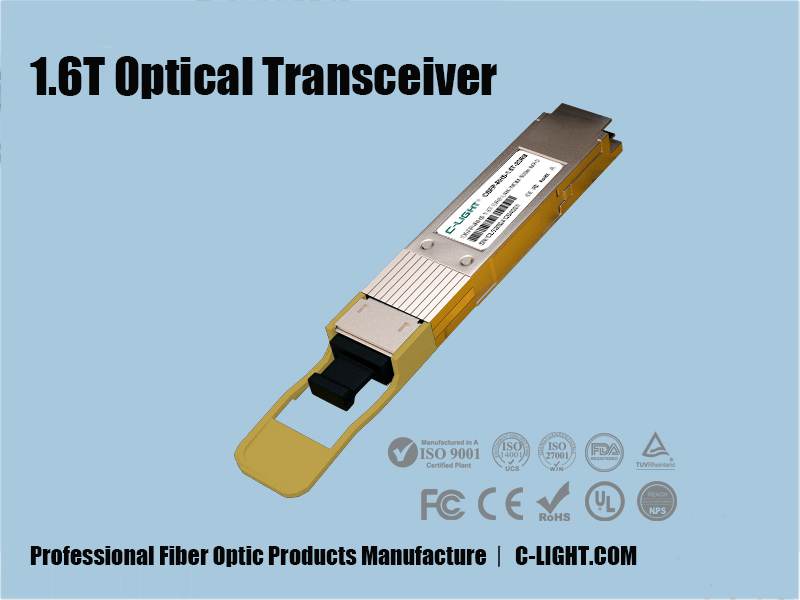
In the era of data explosion, the rapid development of technologies such as Artificial Intelligence/Machine Learning (AI/ML), cloud computing, 5G/6G, and supercomputing is driving exponential growth in global data traffic, placing unprecedented pressure on network bandwidth. As the core infrastructure of the digital age, data centers demand higher performance from optical communication technologies, specifically requiring high speed, high density, and low latency. In this context, the 1.6T (1600G) optical transceiver has emerged as a representative of next-generation optical communication technology, positioning itself as a key solution to manage the data deluge.
Architecture and Modulation Techniques
The core of achieving high-speed transmission in 1.6T optical transceivers lies in their innovative architectural design and advanced modulation techniques:
●Multi-channel Parallel Transmission: Current 1.6T optical transceivers commonly adopt an 8-channel parallel transmission architecture. Each channel supports a data rate of up to 212.5 Gb/s, achieving a total bandwidth of 1.6 Tb/s (8 × 212.5 Gb/s). This design significantly enhances data transmission capability, effectively doubling the bandwidth compared to traditional NRZ (Non-Return-to-Zero) modulation schemes.
●PAM4 Modulation Technology: 1.6T optical transceivers utilize PAM4 (4-level Pulse Amplitude Modulation) technology as the key to achieving efficient spectrum utilization. By transmitting 2 bits of information per symbol, PAM4 significantly improves transmission efficiency while reducing the consumption of fiber resources. It has become the mainstream modulation scheme for contemporary high-speed optical modules.
Core Optoelectronic Components
The exceptional performance of 1.6T optical transceivers relies heavily on the technical support from their core optoelectronic components:
●High-Performance EML Lasers: The core component of a 1.6T optical transceiver is the Electro-absorption Modulated Laser (EML). It combines the high stability of Distributed Feedback (DFB) lasers with the high response speed of Electro-absorption Modulators (EAM), offering characteristics such as low power consumption, high linearity, and low noise. EML lasers excel in long-distance transmission, supporting requirements for Data Center Interconnect (DCI) and metropolitan area network scenarios spanning 10-40 km while maintaining signal integrity.
●Digital Signal Processor (DSP): The DSP serves as the "brain" of the 1.6T optical transceiver, responsible for complex signal processing and compensation tasks.
●Highly Integrated Optical Engine: The optical engine is the core component of high-speed optical transceiver modules. It integrates precision micro-optical components and optical waveguide devices based on the packaging of high-speed transmitter and receiver chips.
Packaging Innovations
To meet the demands of 1.6T high-speed transmission, significant innovations have been made in optical module packaging:
●OSFP-XD Form Factor: The OSFP-XD (Octal Small Form Factor Pluggable - Extra Density) is a new-generation packaging standard optimized for ultra-high-density applications. Compared to the previous QSFP-DD form factor, the OSFP-XD's dimensions are only slightly larger, but the number of channels increases from 4 to 8, boosting the bandwidth density per rack unit by over 50% and saving valuable data center space. This packaging also features optimized thermal performance, ensuring stable operation in high-temperature environments.
●Hot-Pluggable Design: The OSFP-XD form factor supports hot-pluggable functionality, allowing for installation or replacement without shutting down the device power. This feature greatly enhances data center operational efficiency and makes the deployment of 1.6T optical modules more convenient and practical.
 TEL:+86 158 1857 3751
TEL:+86 158 1857 3751 
















































